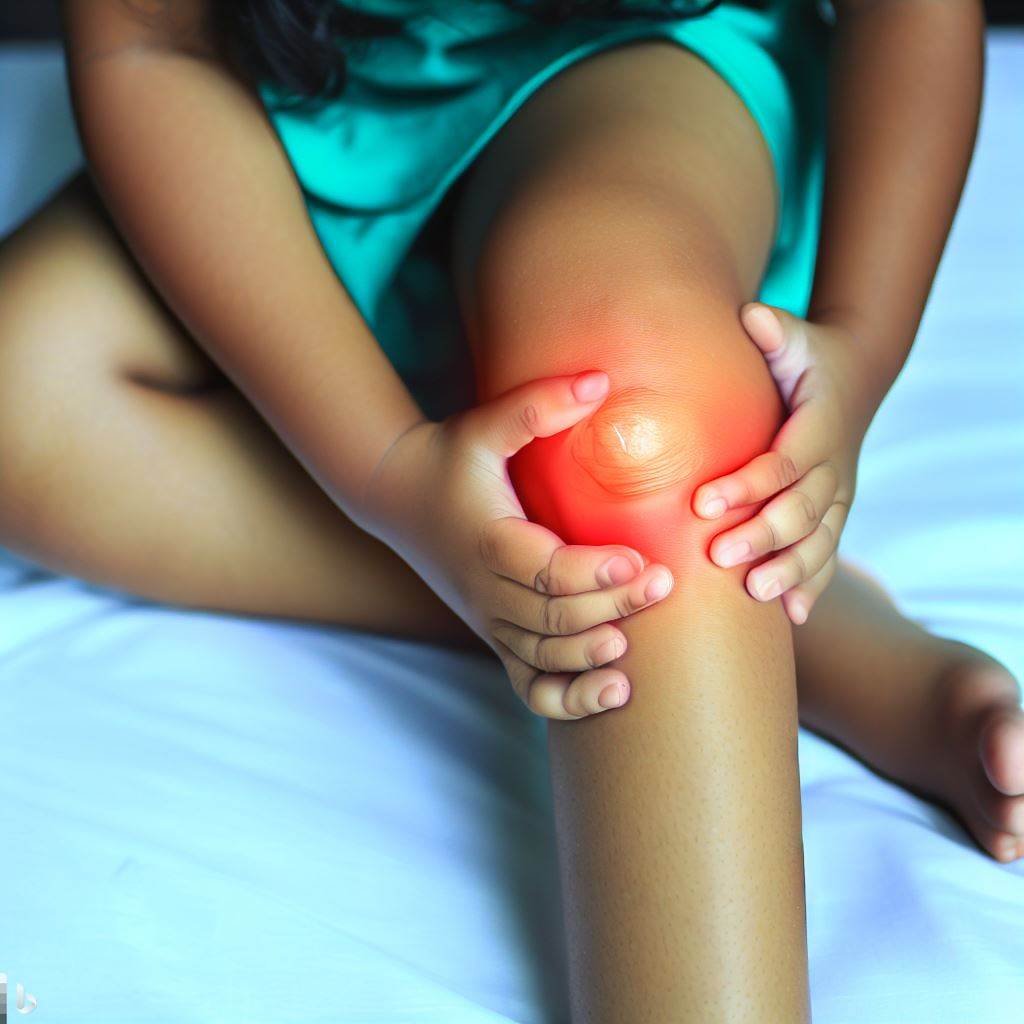Low back pain is a common condition that affects a significant portion of the population, presenting numerous factors that can aggravate it. This article will delve into the different etiologies of low back pain, from severe cases to less serious causes. By understanding the underlying causes, individuals can gain valuable information about their condition and explore appropriate treatment options for effective pain management.
Nonspecific low back pain represents more than 85% of cases seen in primary care. This term refers to back pain that arises without a specific identifiable underlying condition. It is important to note that many patients with nonspecific low back pain may have musculoskeletal pain. Fortunately, the prognosis for nonspecific back pain is generally good, with most patients improving within a few weeks.
Serious Etiologies:
Although nonspecific low back pain is the most prevalent, it is crucial to be aware of the severe etiologies that can manifest as back pain. However, it is essential to remember that these conditions are relatively rare, affecting less than 1% of patients who experience pain in primary care settings. These serious etiologies include cauda equina syndrome, metastatic cancer, spinal infection, and more. It’s worth noting that these conditions often have additional risk factors or symptoms that warrant further investigation.
Cauda Equina Syndrome:
Cauda equina syndrome can be caused by several factors, the most common being a herniated intervertebral disc. Studies indicate that intervertebral disc herniation is responsible for approximately 22.7% of cases of cauda equina syndrome. Other causes include ankylosing spondylitis, lumbar puncture, trauma, malignant or benign tumors, and infections. Prompt diagnosis and treatment are crucial, as pain is usually the initial symptom, followed by motor and sensory impairments. Bowel and bladder dysfunctions may manifest as late findings.
Metastatic Cancer:
Metastasis to the bone is a frequent occurrence in cancer patients. Patients with a history of cancer, excluding non-melanoma skin cancers, are at an increased risk of experiencing back pain resulting from bone metastases. Breast, prostate, lung, thyroid, and kidney cancers account for about 80% of skeletal metastases from solid tumors. Furthermore, approximately 60% of patients with multiple myeloma have skeletally lesions at diagnosis. In individuals with a history of cancer, sudden, severe pain should raise concerns about pathological fractures or neurological symptoms due to spinal cord compression.
Spinal Epidural Abscess:
Although rare, spinal epidural abscess is a severe cause of back pain that should not be overlooked. Initial symptoms can be nonspecific, including fever and malaise, and may progress to localized back pain followed by radicular pain if left untreated. Risk factors for spinal epidural abscess include recent spinal injection or epidural catheter placement, injecting drug use, other infections, and immunocompromised states. Early management and treatment are vital to prevent neurological deficits.
Vertebral osteomyelitis:
Vertebral osteomyelitis presents a gradual increase in back pain over weeks to months. Fever may or may not be present, and the clinical presentation may vary according to the extent of the infection. The incidence of vertebral osteomyelitis is higher in older individuals, with males being more commonly affected. Healthcare-related factors and post-procedure hematogenous spread of bacteremia are often associated with this condition. Timely diagnosis and proper treatment are crucial for favorable outcomes.
Less serious causes:
In addition to the severe etiologies mentioned above, there are several less extreme causes of low back pain that individuals may encounter. These causes often involve mechanical issues, lifestyle factors, or muscle imbalances. Some common, less serious causes include:
1. Muscle strain: Straining the muscles in the lower back, usually due to sudden movements, lifting heavy objects, or poor posture, can lead to sharp back pain. Most cases of muscle strain resolve with rest, gentle stretching, and over-the-counter pain relievers.
2. Herniated Disc: A herniated disc occurs when the soft inner core of a spinal disc bulges through the tough outer layer, putting pressure on nearby nerves. This can cause localized back pain and radiating pain or numbness in the legs. Treatment options range from conservative measures such as physical therapy and pain relievers to more invasive interventions such as epidural steroid injections or surgery.
3. Spinal stenosis: Spinal stenosis refers to the narrowing of the spinal canal, leading to spinal cord compression or nerves. Symptoms include back pain, leg pain, and numbness or weakness in the legs. Treatment options may include medication, physical therapy, and, in severe cases, surgical decompression.
4. Degenerative Disc Disease: Degenerative disc disease is a condition that occurs as part of the natural aging process, where the intervertebral discs gradually lose their cushioning capacity. It can cause chronic low back pain, stiffness, and reduced mobility. Treatment focuses on pain control, physical therapy, and lifestyle modifications.
5. Bad posture and sedentary lifestyle: Sitting for a long time, poor posture, and lack of physical activity can contribute to lower back pain. Engaging in regular exercise, maintaining proper posture, and taking frequent breaks from sitting can help alleviate and prevent this pain.
Conclusion:
Low back pain is a multifaceted condition with numerous potential causes. Although most cases are nonspecific and resolve with time, it is essential to be aware of serious etiologies that require immediate attention. By understanding the underlying causes, individuals can work with healthcare professionals to determine the most appropriate treatment options. Whether through conservative measures, lifestyle modifications, or surgical interventions, the aim is to alleviate pain, improve functionality and improve the overall quality of life.
REFERENCES





Comments (2)